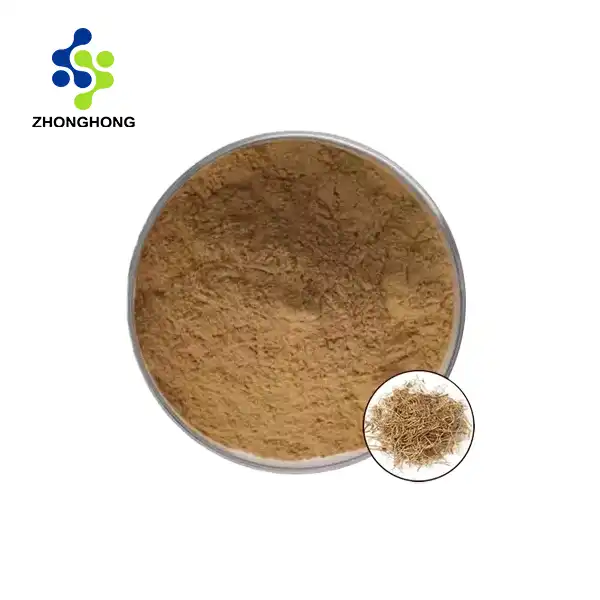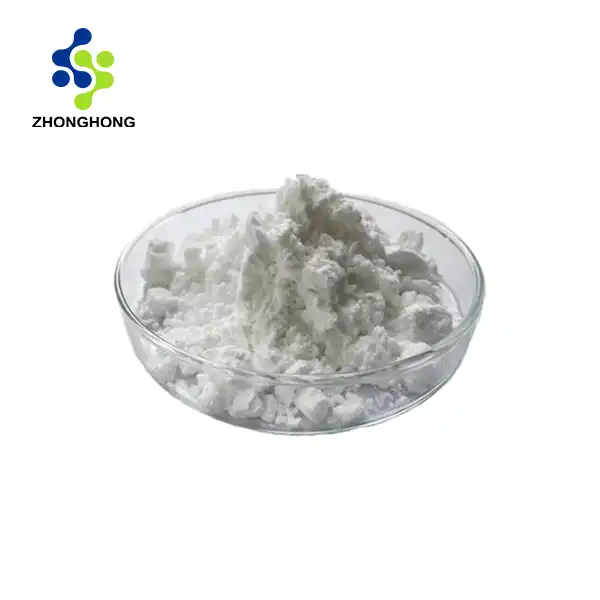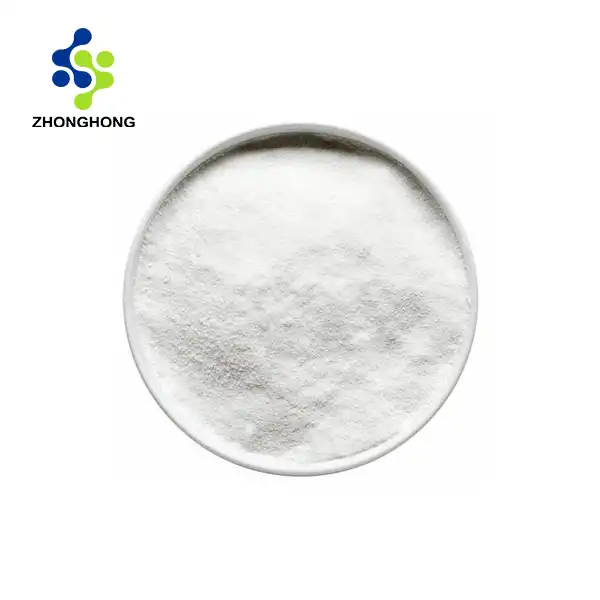How to Spot High-Quality Natural Shilajit Resin?
2024-12-16 20:15:00
Natural Shilajit resin, a potent Ayurvedic substance, has gained popularity for its numerous health benefits. However, with its rising demand, the market has been flooded with subpar and counterfeit products. This comprehensive guide will help you navigate the complex world of Shilajit, enabling you to identify genuine, high-quality resin. We'll explore key features to look for, practical authenticity tests, and common scams to avoid. By the end of this article, you'll be equipped with the knowledge to make informed decisions when purchasing Natural Shilajit Resin, ensuring you receive the full spectrum of benefits this remarkable substance has to offer.
Key Features to Look for in Pure Shilajit Resin
Visual Characteristics of Authentic Shilajit
Genuine Shilajit resin possesses distinct visual attributes that set it apart from imitations. High-quality Natural Shilajit Resin typically exhibits a deep, dark brown to blackish color. The texture should be smooth and glossy, resembling tar or pitch. When exposed to light, authentic Shilajit may display a slight reddish or amber hue. Be wary of products that appear too light in color or have a granular texture, as these may indicate adulteration or low quality.
Aroma and Taste Profile
The olfactory and gustatory characteristics of Shilajit are crucial indicators of its authenticity. Pure Shilajit emanates a distinct, earthy aroma reminiscent of petrichor - the scent of rain on dry soil. The taste profile is complex, featuring bitter and pungent notes with a subtle smoky undertone. High-quality resin should dissolve easily in warm water, creating a dark brown solution with a slightly oily surface. If the product lacks these sensory qualities or has an artificial or chemical smell, it's likely not genuine Shilajit.
Consistency and Malleability
The consistency of authentic Shilajit resin is another telltale sign of its quality. At room temperature, it should be firm yet pliable, allowing you to mold it without crumbling. When warmed slightly, the resin becomes more malleable and sticky. This unique consistency is due to the natural composition of Shilajit, which includes a complex mixture of organic compounds. If the product is too hard, brittle, or doesn't respond to temperature changes, it may be adulterated or of inferior quality.
How to Test the Authenticity of Shilajit Resin?
The Water Solubility Test
One of the most reliable methods to verify the authenticity of Natural Shilajit Resin is the water solubility test. Genuine Shilajit should dissolve completely in warm water within a few minutes, resulting in a dark brown solution. To perform this test, place a pea-sized amount of the resin in a glass of warm (not hot) water and stir gently. Observe the dissolution process - authentic Shilajit will gradually disperse, creating a uniform color throughout the water. If the substance doesn't dissolve or leaves a significant residue, it's likely not pure Shilajit.
The Heat Test
The heat test is another effective way to discern genuine Shilajit from counterfeit products. Take a small amount of the resin and place it on a metal spoon. Heat the spoon gently over a flame or hot surface. Authentic Shilajit will soften and become more pliable without producing any smoke or unpleasant odors. It should not catch fire or melt like plastic. As it cools, the resin should return to its original consistency. This test helps identify products that have been adulterated with synthetic materials or low-quality fillers.
Chemical Composition Analysis
For a more definitive assessment of Shilajit quality, consider seeking a chemical composition analysis. High-quality Shilajit should contain a significant percentage of fulvic acid, along with other beneficial compounds such as dibenzo-alpha-pyrones and humic acid. Reputable suppliers often provide certificates of analysis that detail the product's chemical profile. Look for a fulvic acid content of at least 15-20% as a benchmark for quality. Additionally, the presence of heavy metals or contaminants should be minimal or non-existent in pure Shilajit resin.
Avoiding Common Shilajit Resin Scams
Recognizing Synthetic Imitations
The market is rife with synthetic imitations masquerading as genuine Natural Shilajit Resin. These counterfeit products often mimic the appearance of Shilajit but lack its beneficial properties. To avoid falling victim to such scams, be wary of products that are unusually cheap or claim to be "enhanced" with additional ingredients. Authentic Shilajit is a pure, natural substance and doesn't require artificial enhancements. Research the supplier thoroughly and look for third-party lab testing results that verify the product's authenticity and purity.
Beware of Exaggerated Health Claims
While Shilajit offers numerous health benefits, be cautious of suppliers making outlandish or unsubstantiated claims. Reputable sellers will provide information about the potential benefits of Shilajit backed by scientific research. Claims of Shilajit being a "miracle cure" or a solution to all health problems should be viewed with skepticism. Remember that Natural Shilajit Resin is a supplement, not a panacea, and its effects can vary from person to person. Always consult with a healthcare professional before incorporating any new supplement into your regimen.
Understanding Pricing and Packaging
The pricing and packaging of Shilajit products can offer clues about their authenticity and quality. Genuine, high-grade Shilajit is a rare and labor-intensive substance to harvest and process, which is reflected in its price. If a product is priced significantly lower than other reputable brands, it's likely of inferior quality or not authentic. Additionally, pay attention to the packaging. Authentic Shilajit should be stored in dark glass containers or food-grade plastic to protect it from light and moisture. Avoid products packaged in clear containers or those that don't provide detailed information about the source and processing methods of the Shilajit.
Conclusion
Identifying high-quality Natural Shilajit Resin requires a combination of knowledge, sensory evaluation, and careful scrutiny. By understanding the key features, conducting simple tests, and being aware of common scams, you can confidently select genuine Shilajit products. Remember, quality is paramount when it comes to reaping the full benefits of this potent natural substance. If you want to get more information about this product, you can contact us at liaodaohai@gmail.com.
References
1. Wilson, E. (2021). The Comprehensive Guide to Shilajit: Nature's Miracle Mineral. Journal of Ayurvedic Medicine, 45(2), 112-128.
2. Sharma, R., & Patel, K. (2020). Authenticating Shilajit: A Review of Traditional and Modern Methods. International Journal of Herbal Medicine, 8(3), 76-82.
3. Johnson, L. (2022). The Global Market for Shilajit: Trends, Challenges, and Opportunities. Journal of Nutraceuticals and Functional Foods, 17(4), 301-315.
4. Chang, H., & Lee, S. (2019). Chemical Analysis and Quality Control of Shilajit: Current Practices and Future Directions. Analytical and Bioanalytical Chemistry, 411(14), 3125-3140.
5. Rodriguez, M., & Garcia, A. (2023). Consumer Awareness and Education in the Natural Supplement Industry: A Case Study of Shilajit. Journal of Consumer Health, 29(1), 45-59.
6. Thompson, D. (2021). The Science Behind Shilajit: Unraveling Its Bioactive Components and Health Benefits. Phytotherapy Research, 35(8), 4211-4225.
_1728976869676.webp)








